Both genres have not lost their leading position throughout the history of engraving. Their style changed, which was due to a variety of circumstances, most often related to the cultural
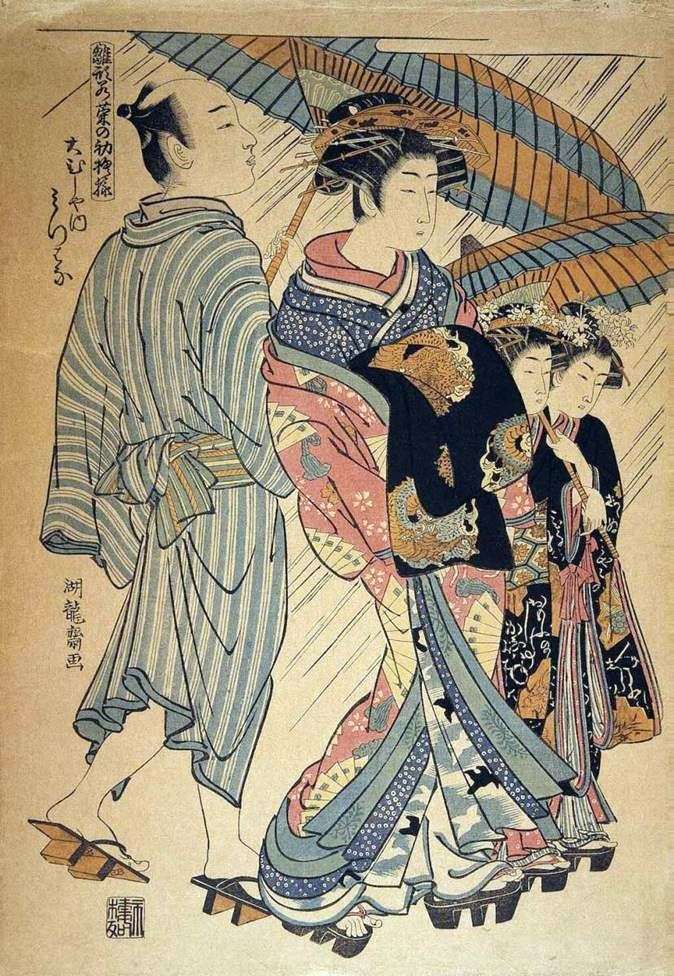

Both genres have not lost their leading position throughout the history of engraving. Their style changed, which was due to a variety of circumstances, most often related to the cultural
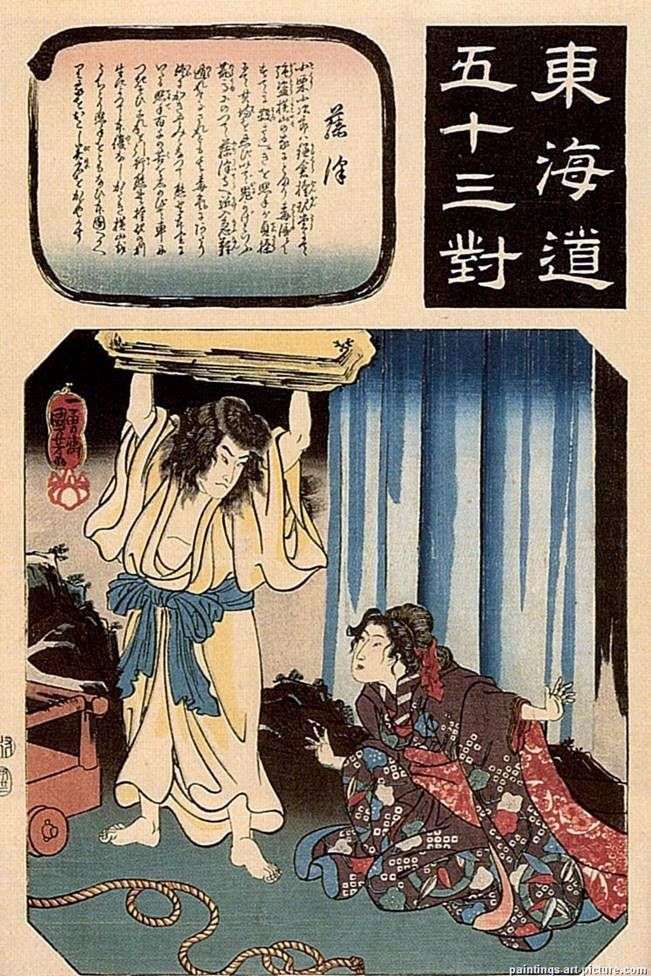
In theatrical engraving from the very beginning, images of monks – family coats of arms of actors, which in greatly enlarged form adorned their kimono were widely used. Monas themselves
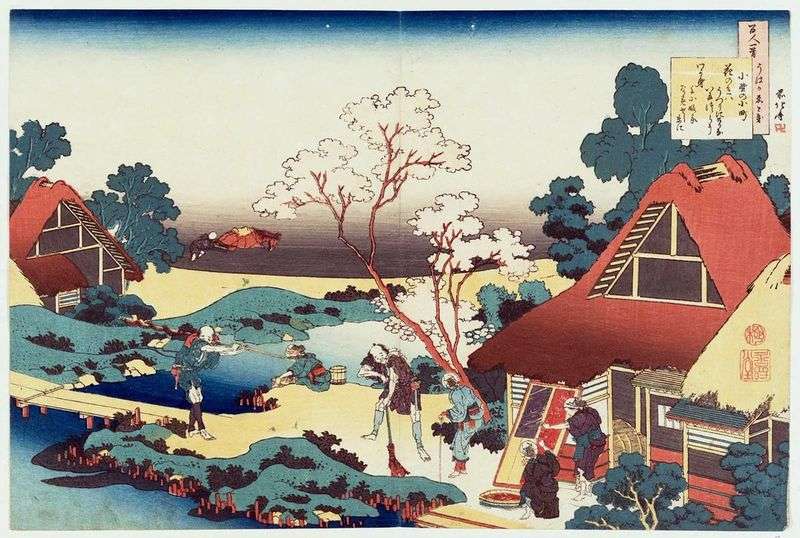
Unlike Hokusai, whose landscapes are of a philosophical reflection on nature and man, Hiroshige is primarily a lyricist. In his landscape sheets of the 1830s-1840s, the artist’s attitude to nature
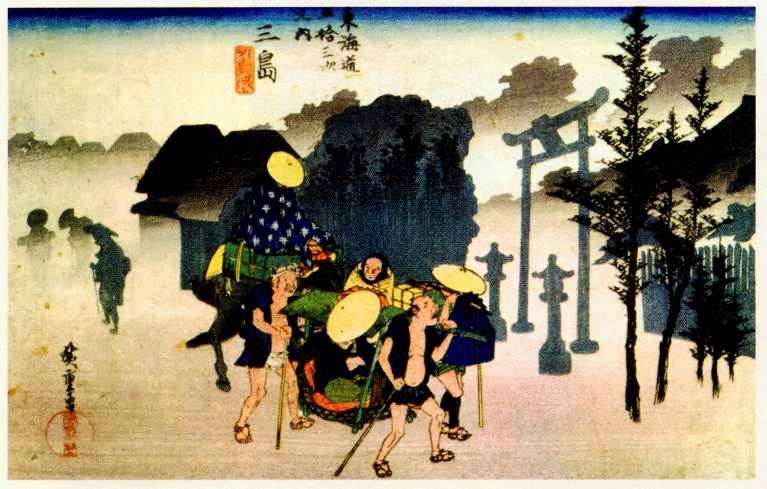
Landscapes of Hokusai have something in common with the classical painting of Japan, and with ukieh of the XVIII century, but at the same time are fundamentally different from them.
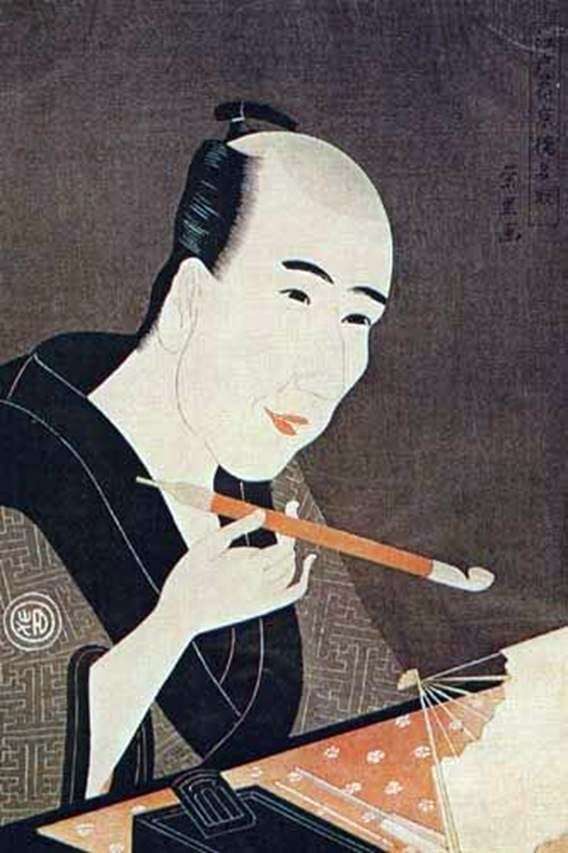
In the series of the 1850s, the transfer of nature in its particular manifestations was replaced by attempts to generalize numerous observations of her life. However, these are not analytical
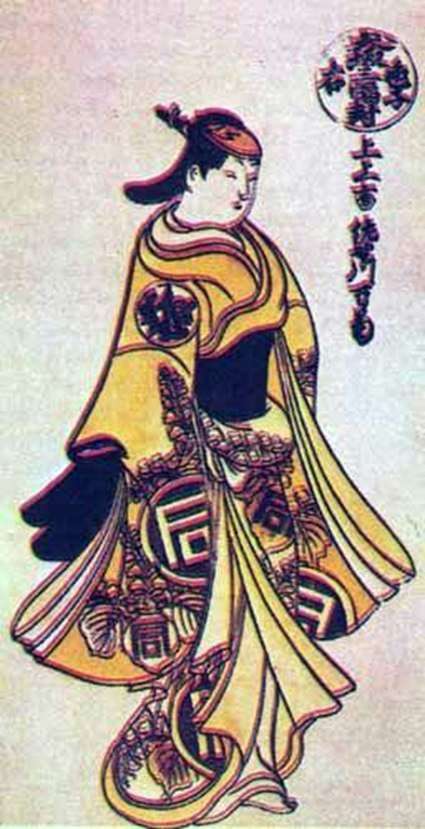
In the life of the Japanese of this period, the “green neighborhoods” played a significant role, which was due to the special political situation in the country. Japan XVII-XIX centuries
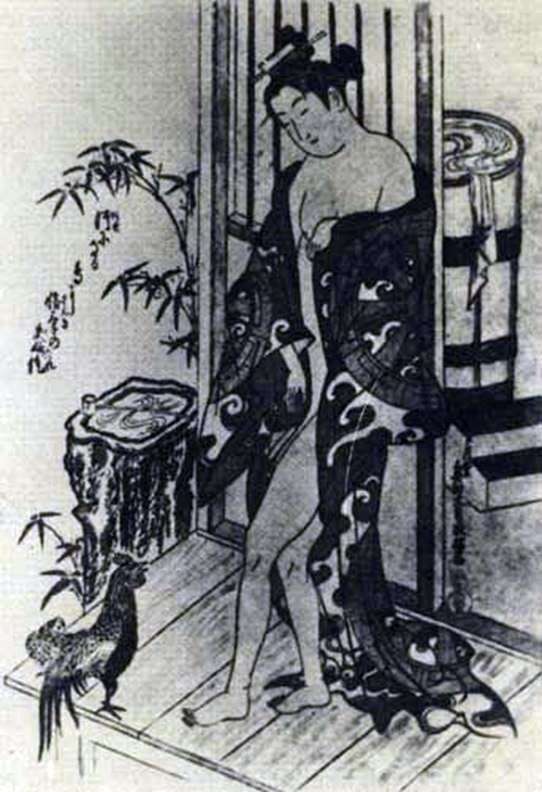
The founder of the Katsukawa dynasty was Katsukawa Syunse, who devoted almost the entire life to a theatrical theme. Thanks to him, she sounded in full force of color, having
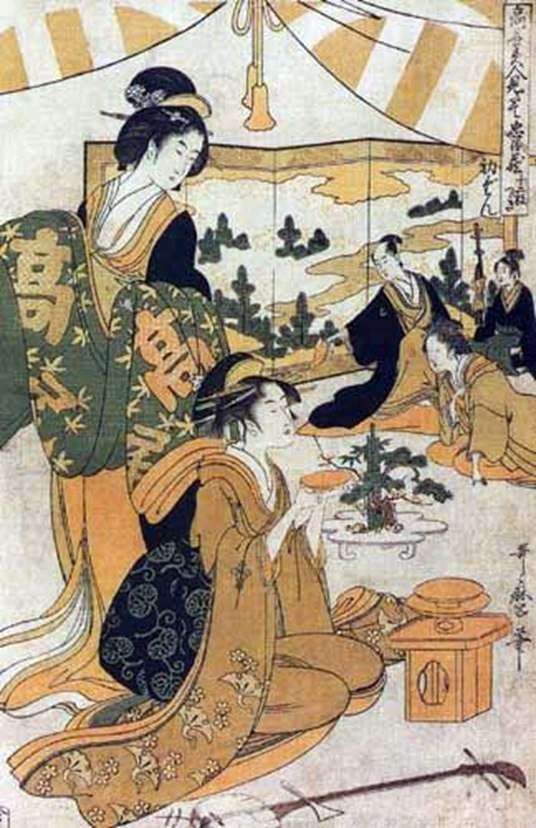
In one of the engravings Harunobu showed Osen, a riding buffalo, loaded with two huge wicker baskets, and in baskets – love confessions and letters. So in a figurative form,
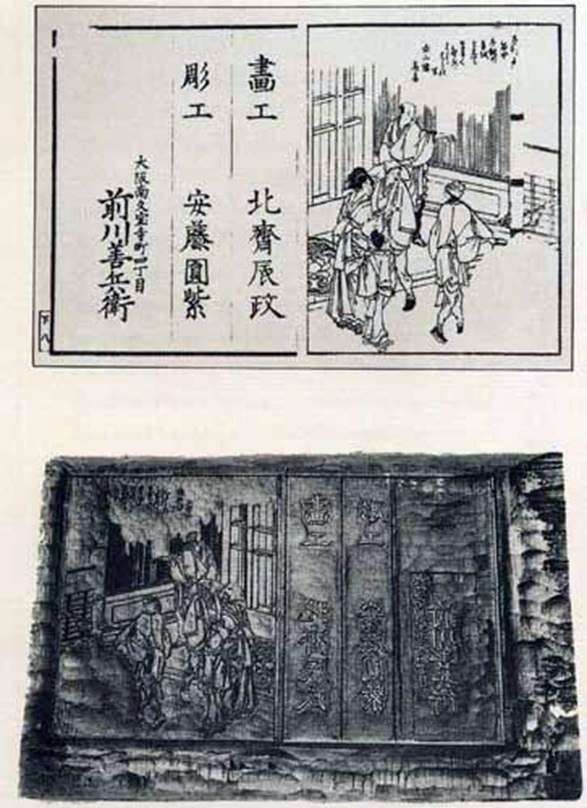
This time is considered the period of the heyday of the art of Ukiyo-e. The first half – the middle of the XIX century – his last period, when a
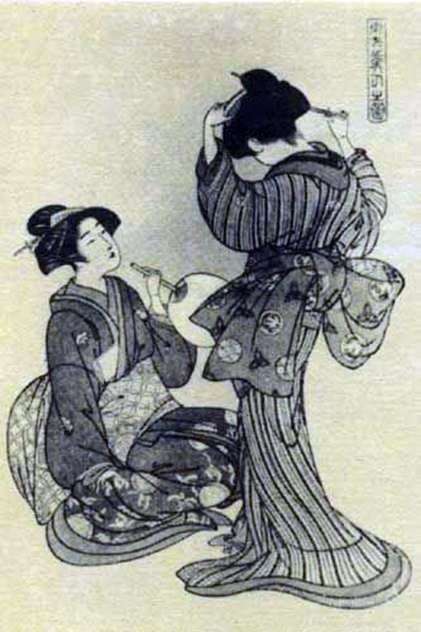
The founder of Ukiye-e engraving is Hishikawa Moronobu, who was the first to create not only book illustrations, but also easel works. Engraving XVII – the first half of the
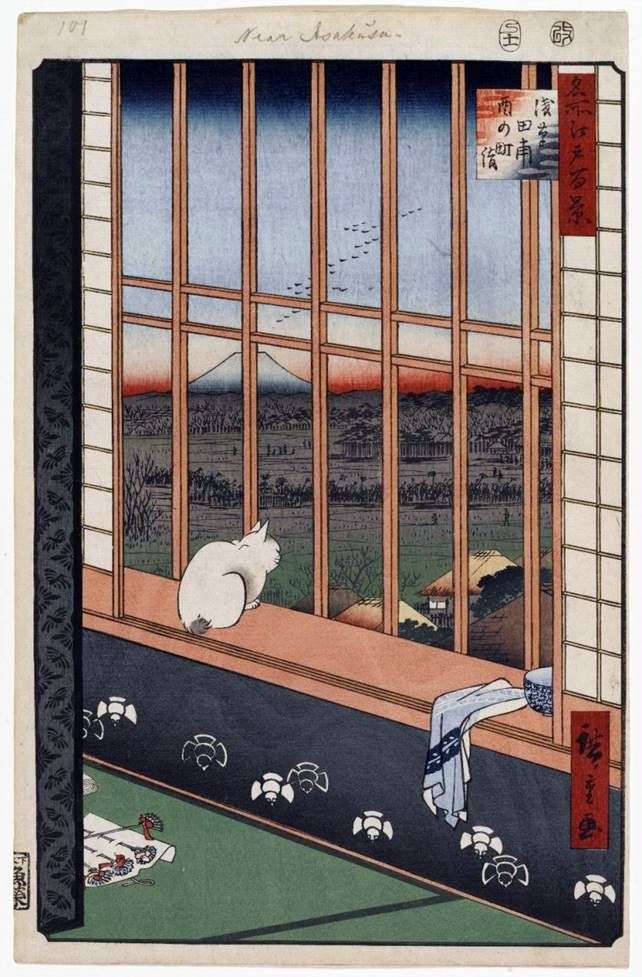
Color accents, not associated with the actual image, enhance the decorative sound of the sheets. This new quality, which developed in the work of Hiroshige only in the 1850s. Perceptions
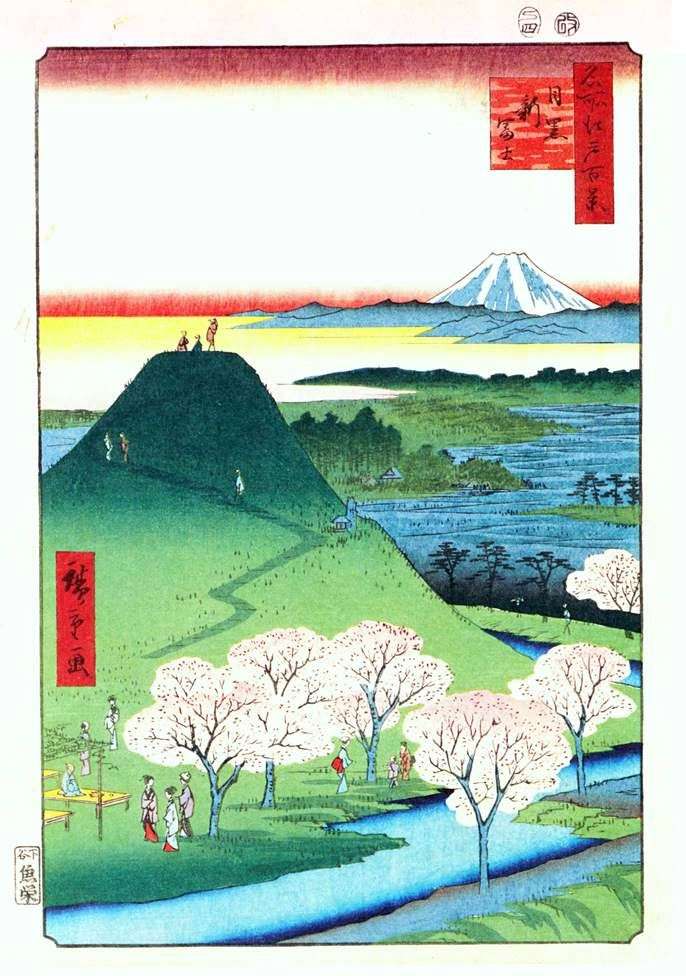
In addition to the series, the publisher Woya Eckichi released another sheet in which engravings were listed and grouped. Each sheet from “One hundred famous kinds of Edo” is accompanied
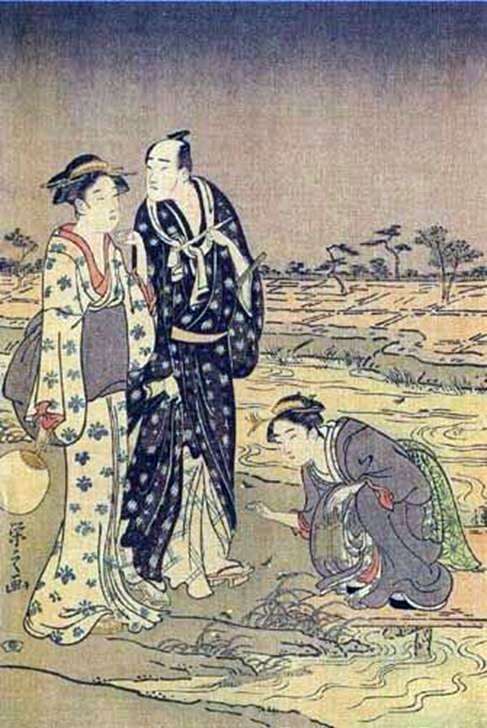
They were very popular in Japan and were often demonstrated using the dozoki-karakuri device, in which the picture was first reflected in a mirror, and then enlarged by a magnifying
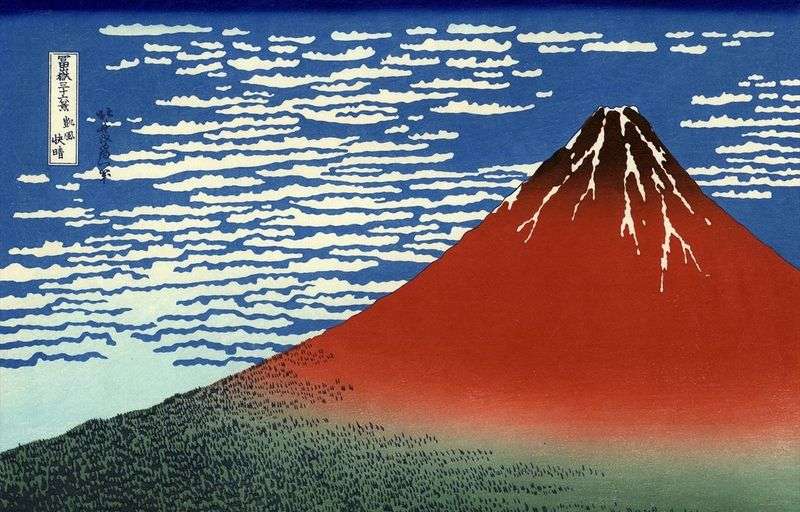
Japanese woodcut is an edged xylograph. Clichés were made for it on the longitudinal section of a pear or cherry tree. The sketch of the artist was superimposed on the
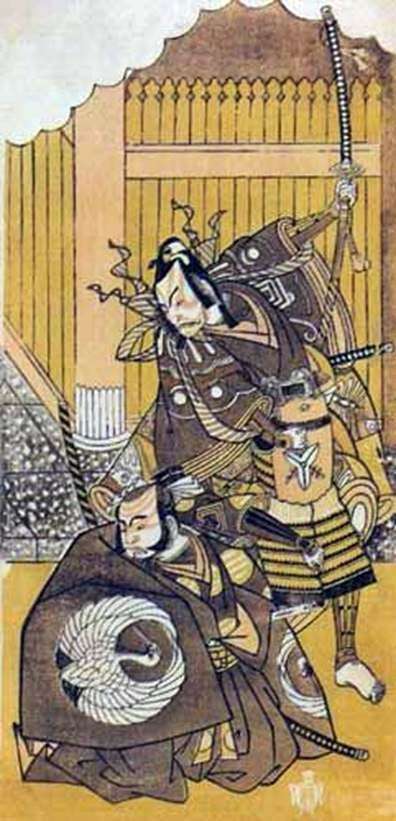
Students and followers of Sünse continued to search creatively for the teacher, trying to approach the actor more and more, and more specifically to convey his appearance. Katsukawa Sjunko, for
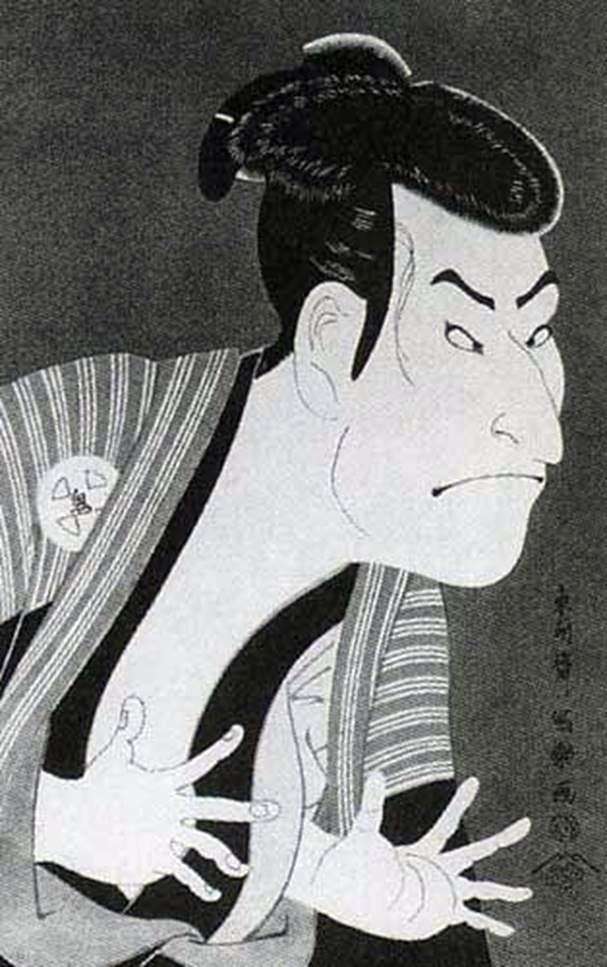
One of them was connected with the attempt of the artist to use in the engraving the scheme and imaginative structure of the landscapes of the traditional schools of Kano

– an uncial phenomenon in the history of world art. The Japanese borrowed its technique from China. As early as the 13th century, small Buddhist icons and amulets were printed

In the 1780s, the leading position was occupied by Kienaga. This he owes the publisher Nishimurai Ehati. The series “Fashion Models: Models New as Spring Foliage”, begun by Nishimurai back

At the end of 1764, Harunobu released egoemi – illustrated calendars, printed in several colors. They were intended for members of the society “Kikuransya”, which was headed by Okubo Jinsiro

She informed the townspeople about certain aspects of the life of the capital, about fashion, more precisely about the fashionable fabrics for the women’s dress, about the stars of the

The later landscapes of Hiroshige are no less generalized and symbolic than the landscapes of Hokusai. But, unlike them, they do not break with one of the main principles of